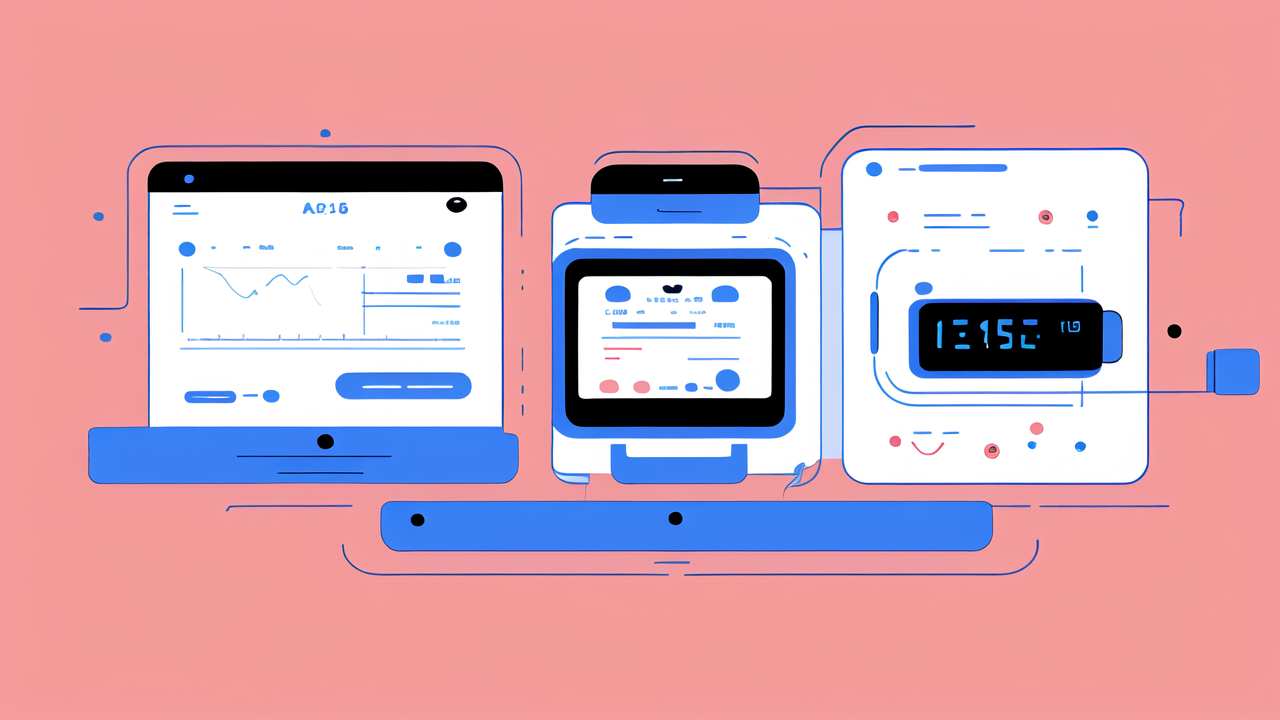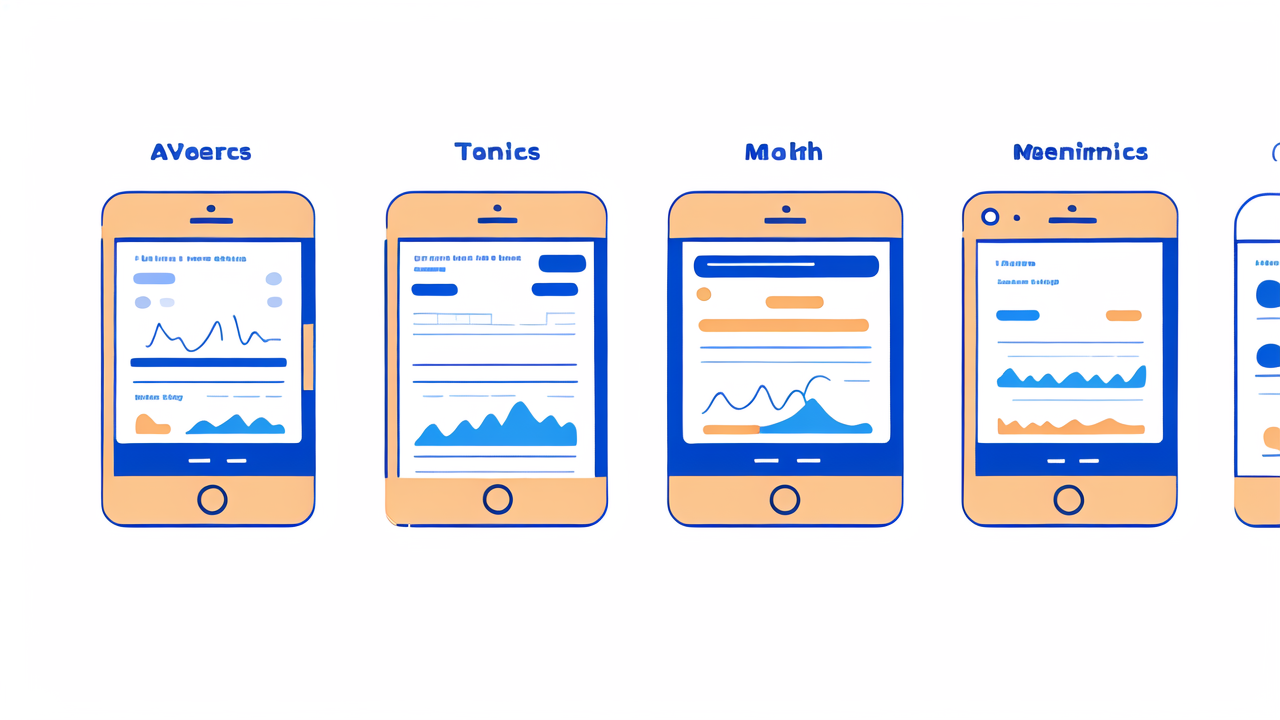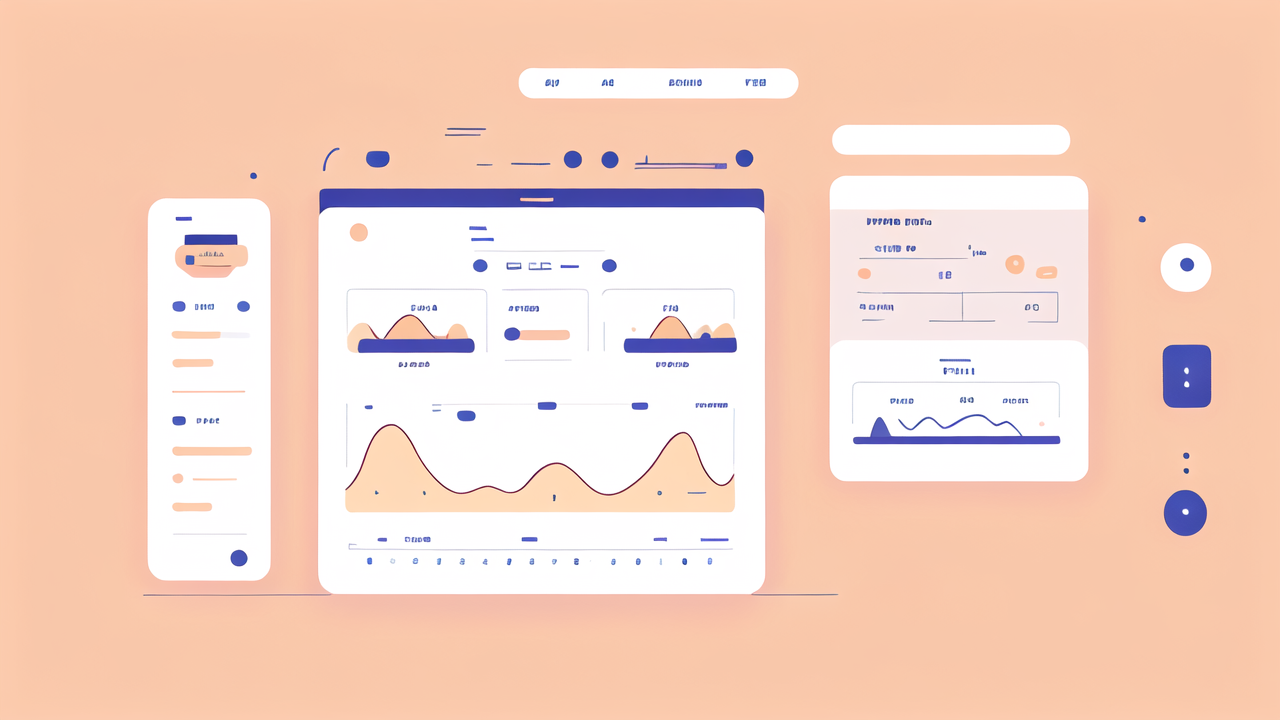Emerging Trends in Wearables Clothing Technology
Understanding Smart Fabrics and Their Functionality
Smart fabrics are textiles with built-in tech. They can sense and react to their environment. These fabrics use tiny sensors and wires woven into the cloth. Some can change color or temperature. Others can monitor health data or charge devices.

Smart fabrics have many uses. In sports, they can track performance and prevent injuries. In healthcare, they can monitor vital signs. Some even have touch controls for music or calls. As tech improves, smart fabrics will become more common in everyday wear.
The Evolution of Wearable Technology from Fashion Accessories to Clothing
Wearable tech started with simple items like digital pocket watches. Then came smart watches and fitness trackers. These were popular but limited. Now, tech is moving into clothing itself.
Early wearables were bulky and obvious. Modern smart clothing looks normal but does more. It can track your heart rate, count steps, or monitor your posture. Some shirts can even cool you down or warm you up. This shift makes tech more seamless in our daily lives.
Key Players and Innovators in Wearable Clothing
Several companies lead the way in smart clothing. Google and Levi's made a smart jacket that controls your phone. Under Armour creates clothing that tracks fitness data. Smaller startups are also making waves with innovative designs.
These companies face challenges. They must balance tech with comfort and style. They also need to make products that are easy to use and care for. As more firms enter this space, we'll see more creative solutions to these issues.
Impact of Wearables on the Apparel Industry
Changing Consumer Expectations for Clothing
Consumers now expect more from their clothes. They want garments that do more than just cover or look good. People seek clothes that enhance their lives and solve problems. This shift is pushing brands to innovate.

Smart clothing offers new ways to interact with tech. It can replace gadgets we carry. For example, a shirt might replace your fitness tracker. This integration of tech and clothing is changing how we think about what we wear.
Sustainability and Ethical Considerations in Wearable Fashion
As smart clothing grows, so do concerns about sustainability. These garments often use more resources to make. They also create new waste when discarded. Brands must find ways to make smart clothes more eco-friendly.
Ethical issues also arise with data collection. Smart clothes can gather a lot of personal info. Companies need clear policies on data use and privacy. They must balance innovation with user protection. This balance will be key for consumer trust.
The Role of AI and Machine Learning in Customizable Clothing
AI and machine learning are changing smart clothing. They allow for more personalized experiences. AI can analyze data from smart clothes to give tailored advice. It can suggest workouts based on your activity or adjust your outfit for the weather.
Machine learning helps clothes adapt to users over time. A jacket might learn your preferred temperature. Shoes could adjust to your walking style. This level of customization makes smart clothing more useful and appealing to consumers.
Market Insights and Future Outlook
Current Market Analysis of Wearable Clothing in the United States
The US market for smart clothing is growing fast. More people are buying tech-enhanced garments. Fitness and health tracking clothes are especially popular. The market includes both established brands and new startups.

Consumers are most interested in comfort and practical benefits. Price is still a barrier for many. As production costs drop, smart clothing will become more accessible. This will likely lead to faster market growth in the coming years.
Predicting the Future: Smart Clothing Integration with IoT
Smart clothing will likely become part of the Internet of Things (IoT). This means your clothes could talk to other smart devices. Your shirt might adjust your home thermostat based on your body temperature. Or your shoes could guide you using GPS data.
This integration will make smart clothing more useful. It will create a seamless tech experience across devices. However, it also raises new privacy and security concerns. Companies will need to address these as the technology develops.
Strategies for Apparel Brands to Enter the Wearable Clothing Space
Apparel brands can enter the smart clothing market in several ways. Partnering with tech companies is one option. This combines fashion expertise with tech know-how. Brands can also invest in their own research and development.
Starting with simple tech features is often wise. This allows brands to test the market. They can then build on successes. Focusing on solving real consumer problems is key. Brands that offer clear benefits will stand out in this new market.
Education is also important. Many consumers don't know about smart clothing options. Brands need to show how these products can improve daily life. Clear marketing and in-store demos can help. As awareness grows, so will demand for these innovative garments.




Leave a comment
This site is protected by hCaptcha and the hCaptcha Privacy Policy and Terms of Service apply.